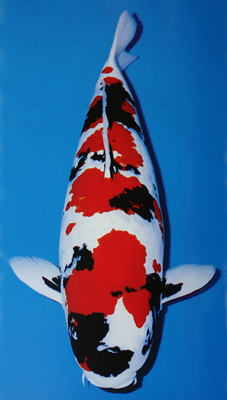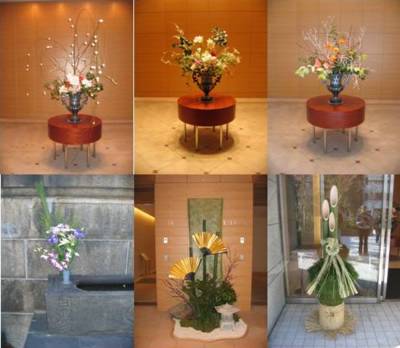I think I've written about this before, although maybe not on the blog, about women in the restrooms here. It happens from time to time that the woman who cleans the restrooms will come in as you are standing there and it really isn't a big deal. I've seen it at the airport, train stations, and work. Of course the first time it happened I thought I'd walked into the Ladies Room.
And then there was the woman attendent at the onsen at the golf course where you take off your clothes to take a bath. So I had gotten pretty used to that. After all, I believe you should be prepared to live as a Roman when in Rome.
But today they came to clean my room and rang the doorbell, but I was in the shower. I am usually not here and they have a key. I yelled but they apparently didn't hear me and just came on in. When they heard the shower they closed the door to the bathroom and went to work.
So, I finished my shower and shaved. Then I wrapped a towel around me and walked into the bedroom. A man and a woman were there changing the bed. My jeans were draped on the back of the chair. I walked into the closet to change. The man said "Suimasen", picked up my blue jeans, handed them to me, and closed the closet door behind me.
Now, that's good house cleaning service. Unfortunately, this seems limited to the women in the cleaning staff. And no, there are not any men in the ladies room. And the ladies I've seen so far look like they just left the church bazaar and are not one of those stylish Tokyo women you see on the train or on the street. It is just one of those things that make life a little different here.
Besides, I am lucky enough to have someone who cleans my room.





















